According to Sputnik , the confrontation between a Chinese submarine and a US anti-submarine aircraft was only recently published by a Chinese magazine after many years, but there is still very little information about this event.
Three US Navy anti-submarine aircraft have launched a search operation for Chinese submarines in the waters between Hong Kong and the Dongsha Islands – more than 300 km off the Chinese coast, Chinese media reported.
At that time, the Chinese navy was conducting exercises in this sea area when US planes appeared and simultaneously dropped sonar buoys into the sea (devices to locate submarines). Immediately, China responded by dispatching more warships to the area.
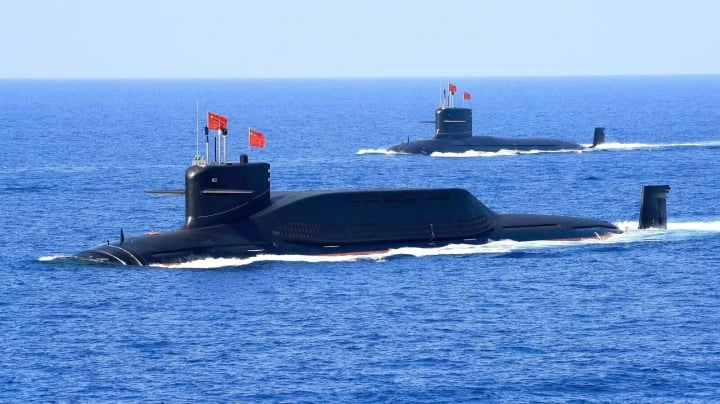
US aircraft used sonar to locate Chinese submarines during an exercise on January 5, 2021. (Illustration photo: Sputnik)
According to Chinese media, the sonars were dropped by US aircraft near Pratas Island – currently controlled by the Taiwanese government. This has pushed the confrontation between the two sides to become more tense.
As the US and Chinese forces were getting closer, the US aircraft suddenly destroyed the sonar and left the area. This action could be to prevent the Chinese warship from salvaging the sonar.
At some point during the standoff, one of the US planes flew as close as 150 km from Hong Kong – one of the closest flights to the Chinese coast by a US spy plane.
US aircraft operate in the East Sea
The US aircraft involved in the aerial confrontation were not named in the article, but according to the South China Sea Strategic Situation Probing Initiative (SCSPI) of Peking University, the US Navy deployed two anti-submarine aircraft models in the South China Sea at that time: P-8A Poseidon and P-3 Orion.
SCSPI also recorded 70 sorties by US patrol and reconnaissance aircraft over the South China Sea in January 2021, including four on January 5, the day of the confrontation, although the agency's data did not indicate which aircraft flew that day.
The US Navy has significantly increased its surveillance of the South China Sea in recent years after the Pentagon saw the waterway as a potential venue for confrontation between Washington and Beijing, both politically and militarily.
US Navy patrols and reconnaissance operations in the South China Sea are still ongoing, according to SCSPI, at least 58 such missions were carried out last month, including anti-submarine aircraft such as the P-8A Poseidon, as well as other surveillance and reconnaissance aircraft.
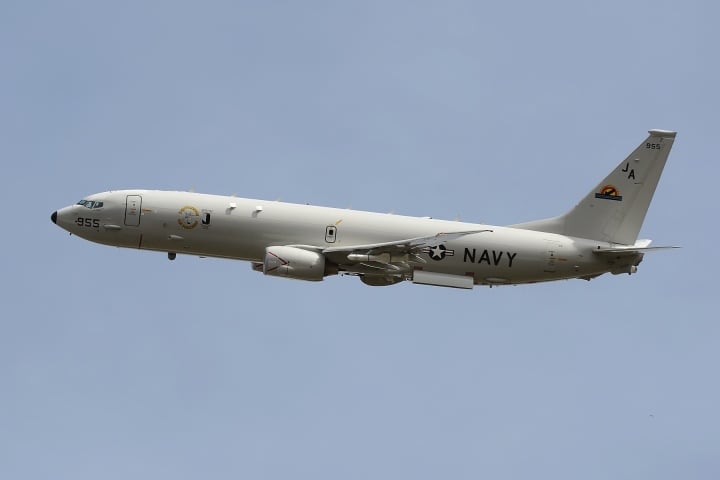
US Navy P-8A Poseidon patrol and anti-submarine aircraft. (Photo: military.com)
Concerns about US provocations
According to Sputnik , the confrontation in January 2021 did not happen naturally. At that time, tensions between Washington and Beijing were already at a high level, and the events of the following day only increased them.
Accordingly, on January 6, 2021, thousands of supporters of former US President Donald Trump stormed the Capitol (US Congress ) in Washington, DC, as lawmakers were certifying the results of the 2020 US Presidential election. Mr. Trump claimed his defeat in the election was due to fraud by the Democratic Party and encouraged his followers to march to the Capitol.
For Beijing, however, the concern is much greater. For months before the election, senior Chinese military commanders feared Mr. Trump might try to cling to power by provoking some kind of incident that would give him emergency powers. One of the most feared scenarios was an attack on Chinese positions in the South China Sea, or an effort to push Chinese forces there to attack U.S. forces.
Top US generals held repeated phone calls with their Chinese counterparts during that time in an attempt to ease tensions, one of which came two days after the Capitol riot.
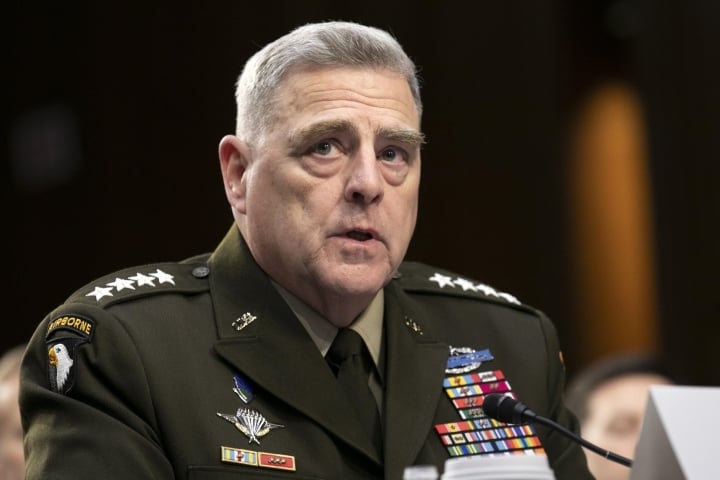
General Mark Milley, Chairman of the US Joint Chiefs of Staff. (Photo: Time)
On January 8, 2021, General Mark Milley, Chairman of the US Joint Chiefs of Staff, spoke by phone for 90 minutes with his Chinese counterpart, Senior General Li Zuocheng, former Chief of the General Staff of the Chinese army, to reassure Beijing that the Pentagon would not allow a power grab to happen.
Gen. Milley then reportedly told US Navy Adm. Philip S. Davidson, commander of the US Indo- Pacific Command, to call off activities that China “might view as provocative” in a further effort to calm things down in the region after the standoff between the two sides near Pratas Island.
While China’s concerns have eased somewhat since Trump left the White House at the end of January 2021 and US President Joe Biden was sworn in, tensions between Washington and Beijing remain high. The Biden administration has continued to follow Trump’s strategy of “great power competition” with Russia and China, stepping up diplomatic efforts to isolate China internationally and increasing US military support for Taiwan.
Tra Khanh (Source: Sputnik)
Useful
Emotion
Creative
Unique
Wrath
Source








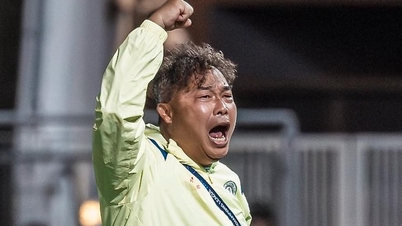



























![[Photo] Binh Trieu 1 Bridge has been completed, raised by 1.1m, and will open to traffic at the end of November.](https://vphoto.vietnam.vn/thumb/1200x675/vietnam/resource/IMAGE/2025/10/2/a6549e2a3b5848a1ba76a1ded6141fae)





































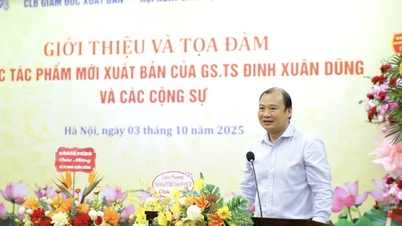
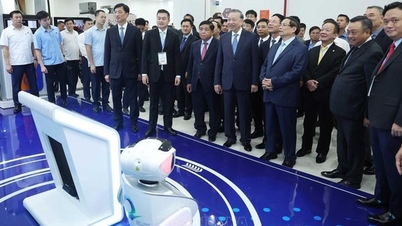


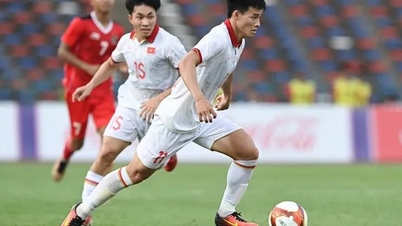

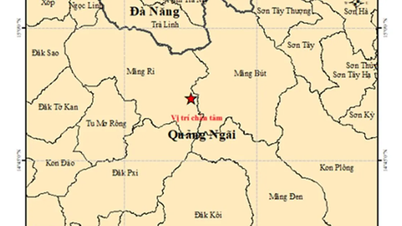

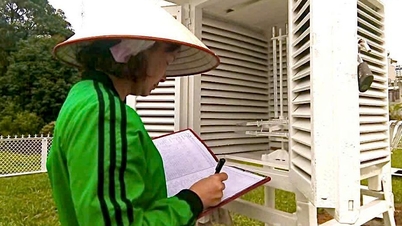

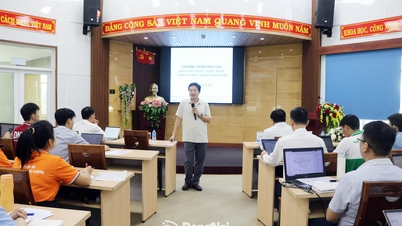



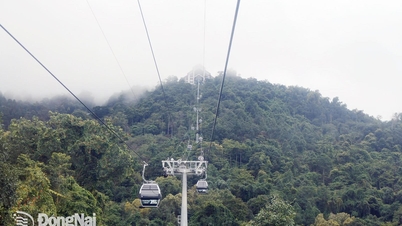














Comment (0)